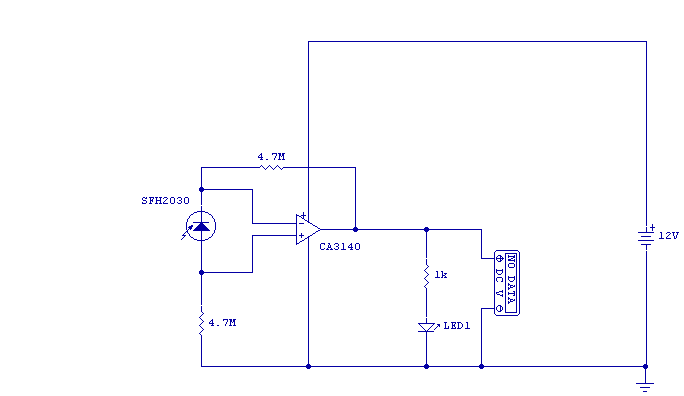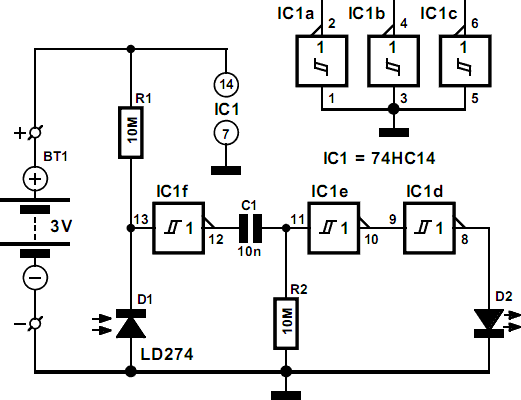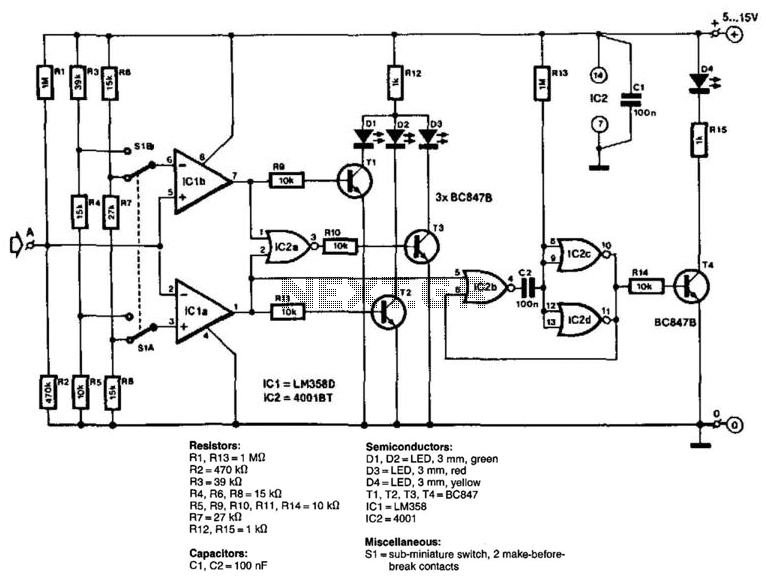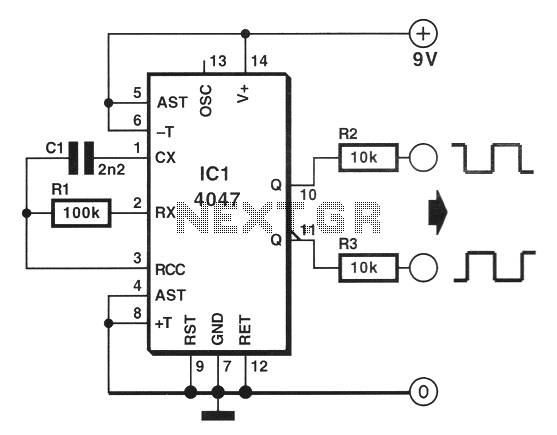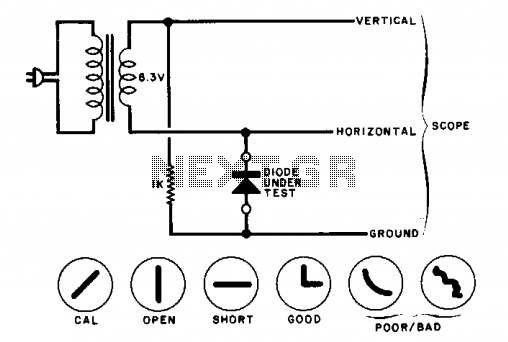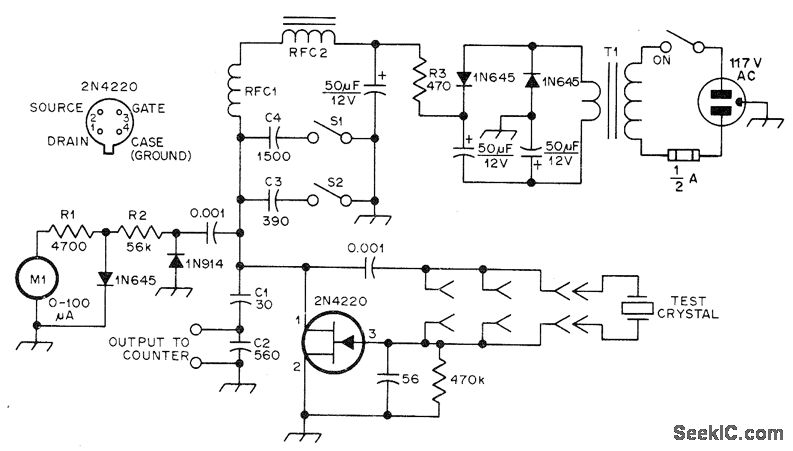
Shutter tester
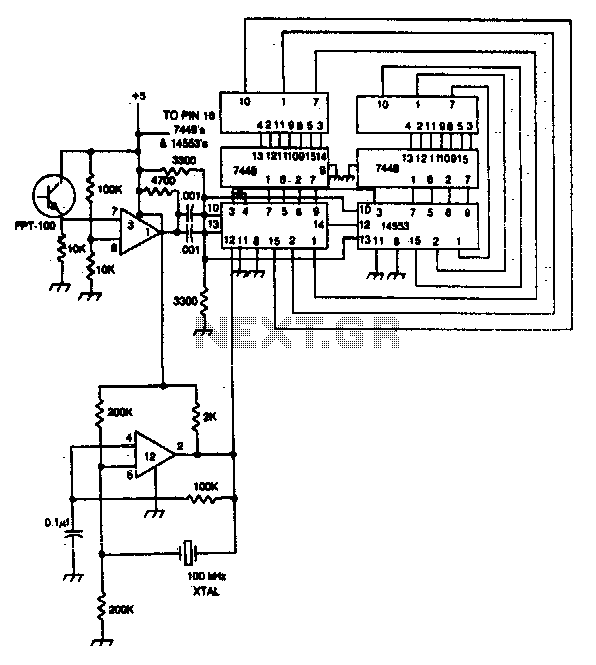
The shutter speed tester integrates a frequency counter, a crystal oscillator, and a photo-transistor-operated gate generator. The oscillator generates pulses that are counted while the shutter remains open. Additionally, the reset occurs automatically at the moment the shutter opens.
The shutter speed tester functions as a precision instrument for measuring the duration of exposure in photographic equipment. It utilizes a crystal oscillator to produce a stable frequency output, which is essential for accurate timing measurements. The frequency counter is employed to tally the pulses generated by the oscillator during the time the shutter is open, providing a direct correlation to the shutter speed.
The photo-transistor-operated gate generator plays a crucial role in this system by detecting the opening of the shutter. When the shutter opens, the photo-transistor is activated, allowing the oscillator's pulses to pass through to the frequency counter. This process ensures that only the pulses corresponding to the open shutter duration are counted, leading to an accurate measurement of the shutter speed.
An important feature of this design is the automatic reset mechanism. As soon as the shutter opens, the system resets itself to prepare for the next measurement cycle. This automation enhances the efficiency of the tester, allowing for quick successive measurements without manual intervention.
In summary, the shutter speed tester is a sophisticated device that combines multiple electronic components to provide precise shutter speed measurements, making it an invaluable tool for photographers and technicians aiming to optimize camera performance.Shutter speed tester combines frequency counter, crystal oscillator, and photo-transistor-operated gate generator. Oscillator pulses are counted as long as the shutter is open Reset is automatic at the instant the shutter opens. 🔗 External reference
The shutter speed tester functions as a precision instrument for measuring the duration of exposure in photographic equipment. It utilizes a crystal oscillator to produce a stable frequency output, which is essential for accurate timing measurements. The frequency counter is employed to tally the pulses generated by the oscillator during the time the shutter is open, providing a direct correlation to the shutter speed.
The photo-transistor-operated gate generator plays a crucial role in this system by detecting the opening of the shutter. When the shutter opens, the photo-transistor is activated, allowing the oscillator's pulses to pass through to the frequency counter. This process ensures that only the pulses corresponding to the open shutter duration are counted, leading to an accurate measurement of the shutter speed.
An important feature of this design is the automatic reset mechanism. As soon as the shutter opens, the system resets itself to prepare for the next measurement cycle. This automation enhances the efficiency of the tester, allowing for quick successive measurements without manual intervention.
In summary, the shutter speed tester is a sophisticated device that combines multiple electronic components to provide precise shutter speed measurements, making it an invaluable tool for photographers and technicians aiming to optimize camera performance.Shutter speed tester combines frequency counter, crystal oscillator, and photo-transistor-operated gate generator. Oscillator pulses are counted as long as the shutter is open Reset is automatic at the instant the shutter opens. 🔗 External reference
